~ました (Polite Past Form)
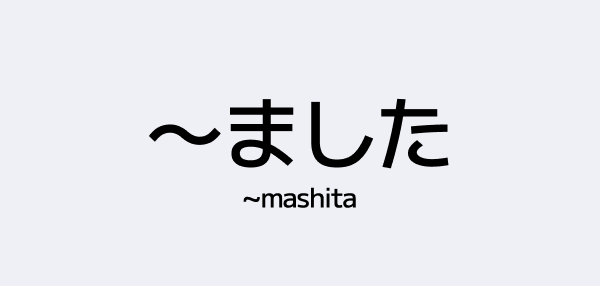
So, you know how to say things politely with ~ます in Japanese. But how do you say what you did?
Enter ~ました(mashita), the polite past tense of ~ます. Whether you ate sushi, watched anime, or forgot to do your homework (oops), you’ll need this form a lot.
In this guide, you’ll learn:
- What ~ましたmeans and how to use it
- How to turn ~ますinto ~ました
- How to conjugate all verb types
- Real-life examples (not boring ones!)
- Practice to help lock it in
Let’s dive in 👇
What Does ~ましたMean?
「~ました」is the past tense polite form of a verb.
If ~ます means “I do,” then ~ました means “I did.”
Think of it like this:
- たべます(tabemasu) = I eat
- たべました (tabemashita) = I ate
Just like ~ます, it’s polite and neutral. Use it in stores, at work, in class, or anywhere you want to sound respectful, just now in past tense.
How to Change ~ますto ~ました
It's pretty simple. Just take the ~ますform of the verb, and replace ~ますwith ~ました. Just like that!
Here are a few examples:
- のみます→のみました(I drank)
- いきます→いきました(I went)
- します→しました(I did)
- きます→きました(I came)
Same root, different tense. That’s all there is to it!
How to Conjugate Verbs into ~ましたForm
Just like ~ますand ~ません, verbs in Japanese are split into 3 types — and each type follows a simple rule when making the polite past.
1. Group 1 Verbs (Godan動詞)
These are your classic action verbs that end inう, likeのむorはなす.
Examples:
- のむ(nomu) →のみました(nomimashita)
- いく(iku) →いきました(ikimashita)
- よむ(yomu) →よみました(yomimashita)
- はなす(hanasu) →はなしました(hanashimashita)
👉 Rule: Change the lastう-sound to an い-sound, then add ~ました.
2. Group 2 Verbs (Ichidan動詞)
These verbs almost always end in ~る, with an "e" or "i" sound before it.
Examples:
- たべる(taberu) →たべました(tabemashita)
- みる(miru) →みました(mimashita)
- おきる(okiru) →おきました(okimashita)
👉 Rule: Drop ~る and just add ~ました.
3. Group 3 Verbs (Irregular Verbs)
Only two outliers here (and you’ll use them a lot).
- する→しました(shita → polite: shimashita)
- くる→きました(kita → polite: kimashita)
You’ll see these in, e.g.:
- べんきょうしました(I studied)
- にほんにきました(I came to Japan)
Real-Life Examples with ~ました
Let’s see how ~ましたworks in actual sentences. These are all over beginner conversations, textbooks, and anime subtitles.
きのう、すしをたべました。
Kinou, sushi wo tabemashita. → I ate sushi yesterday.
ともだちとあそびました。
Tomodachi to asobimashita. → I hung out with friends.
アニメをみました。
Anime wo mimashita. → I watched anime. (yes of course.)
きのう、あさごはんをたべませんでした。
Kinou, asa gohan wo tabemasen deshita. → I didn’t eat breakfast yesterday. (Mixing past + negative!)
にほんごをべんきょうしました。
Nihongo wo benkyou shimashita. → I studied Japanese.
Practice Time!
Practice 1: Turn it into ~ました
Take these ~ますverbs and change them into polite past:
のみます→__________
みます→__________
します→__________
おきます→__________
はなします→__________
Answers:
のみました
みました
しました
おきました
はなしました
Practice 2: Make Your Own Sentences
Use the following to make fun past-tense sentences:
- ケーキ(keeki / cake)
- でんしゃ(densha / train)
- テレビ(terebi / TV)
Examples:
- ケーキをたべました。→ I ate cake. 🎂
- でんしゃにのりました。→ I rode the train.
- テレビをみました。→ I watched TV.
Now your turn to make it something less banal!
Quick Notes & Gotchas
ますvsました
- ~ます= present/future polite → I eat / will eat
- ~ました= polite past → I ate
Can I useでしたinstead?
でしたis only for nouns and adjectives.
- おいしいです→おいしかったです(It was tasty)
- パンです→パンでした(It was bread)
But for verbs, use ~ました!
Final Recap
~ました lets you say what you did politely. You'll use it very, very often. We guarantee it. Like so:
わかりましたか?(Got it?)
わかりました!(Got it!)
Related Grammar
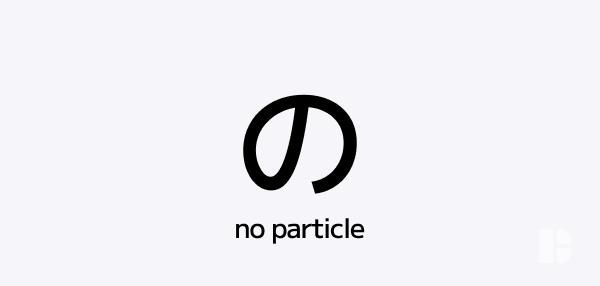 F Rank
F RankThe の (No) Particle
The particle 「の」 connects and clarifies—linking nouns, showing possession, and even turning verbs into concepts. From “my pen” to “eating is fun,” this guide covers all the key uses.
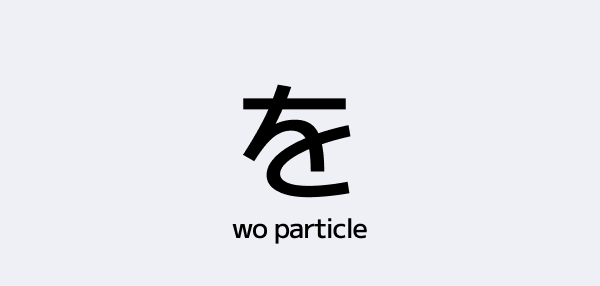 F Rank
F RankThe を (Wo) Particle
Everything you need to know about the Japanese particle を—when to use it, how it works, and what mistakes to avoid.
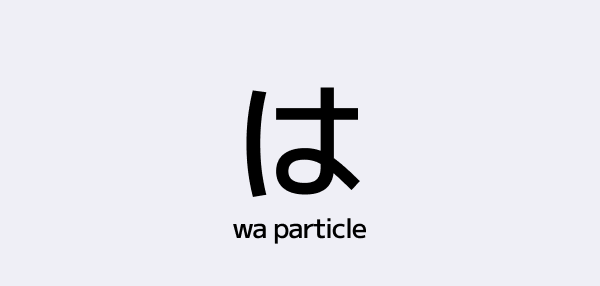 F Rank
F RankThe は (Wa) Particle
Learn how to use the Japanese particle は (wa) with clear explanations, examples, and common mistakes to avoid. Master は vs. が, sentence structure, and emphasis!
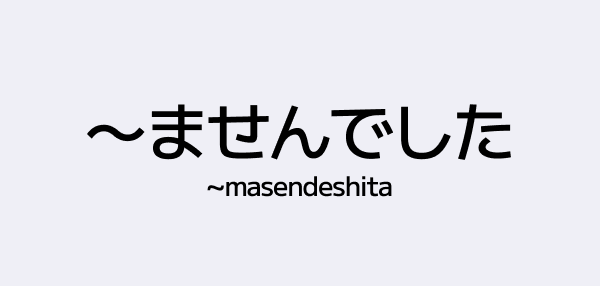 F Rank
F Rank~ませんでした (Polite Past Negative Form)
